Click the blue text above to follow Traditional Chinese Medicine Online
Learn high-quality TCM courses
ZHONGYIZAIXIAN
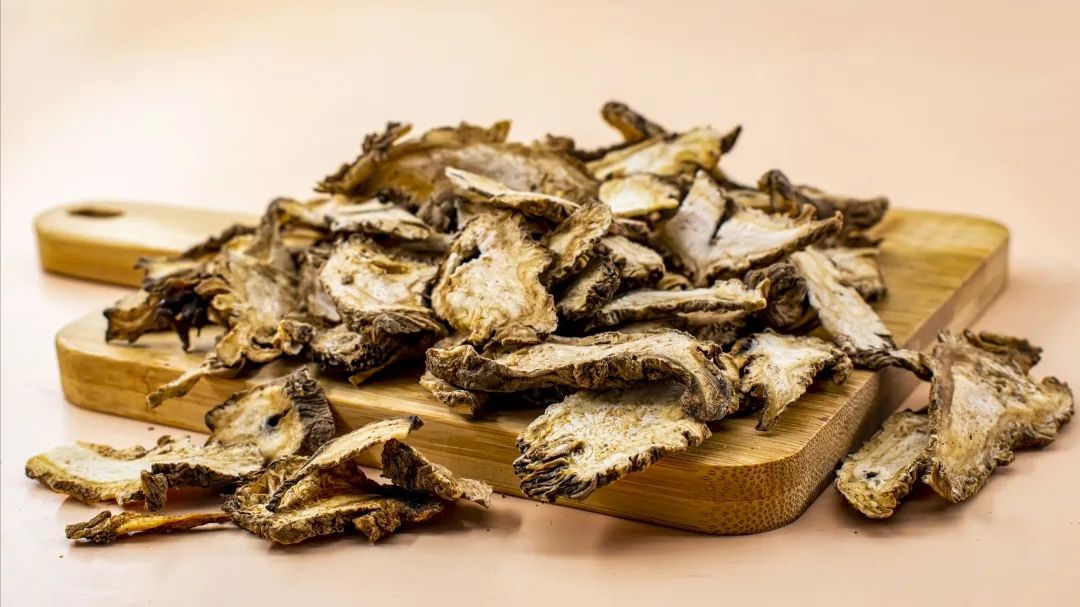
Angelica Sinensis, why not return?
Angelica Sinensis (Dang Gui) is about returning to where it should be, which summarizes its effects, allowing the blood that has deviated from the meridians, the sweat that has deviated from the surface, the essence that has deviated from the joints, and the spirit that has deviated from the organs to return to normal.
Angelica Sinensis is a commonly used Chinese herb, sweet in flavor, nourishing and moistening, pungent and warm, entering the liver, heart, and spleen meridians. It is a key herb for gynecological regulation and an excellent tonic for blood replenishment in internal medicine.
Next, here are a few small Q&A regarding the clinical uses and indications of Angelica Sinensis. Let’s take a look together!
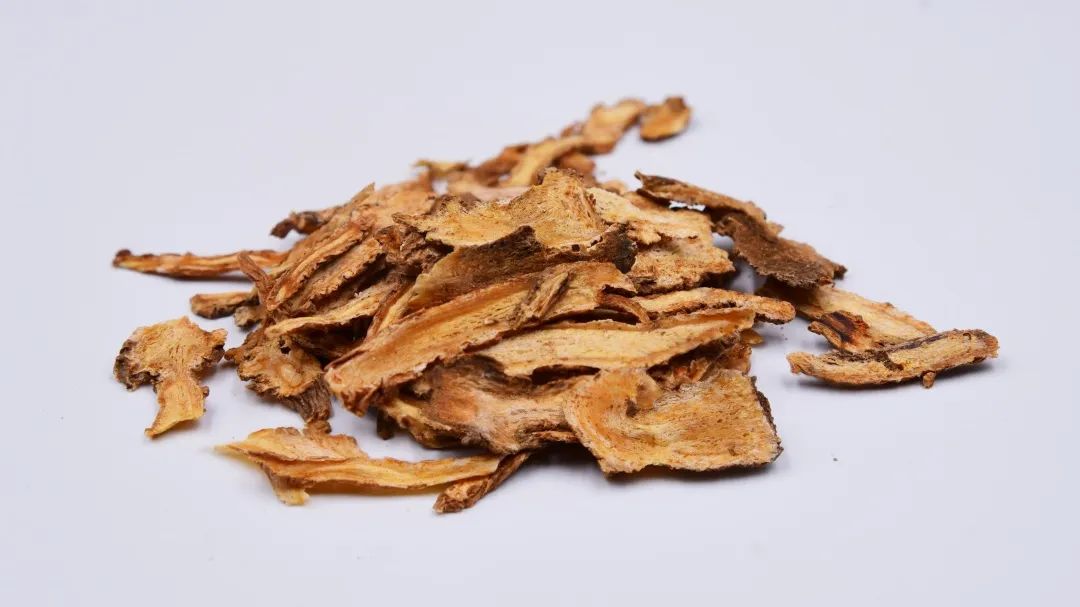
1. Why can Angelica Sinensis be used for cough?
We all know that the lungs and large intestine are interrelated. All coughs accompanied by constipation are due to poor conduction in the large intestine, leading to the failure of lung qi to descend, resulting in cough and wheezing. In this case, Angelica Sinensis must be used; even if there is no constipation, it can still be used, but the dosage should not be too large.
In Western medicine, for pulmonary fibrosis, Angelica Sinensis can be reused, and the effect of the tail of Angelica Sinensis is better than that of the root.
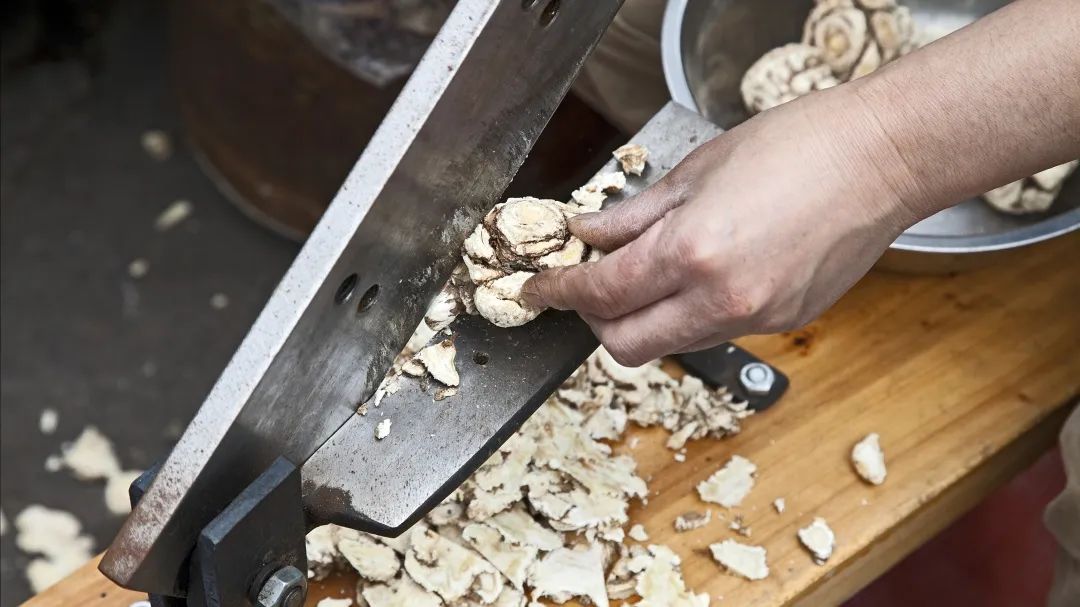
2. Between cooked Rehmannia (Shu Di Huang) and Angelica Sinensis, which has better blood-replenishing effects?
Angelica Sinensis is not as powerful in blood replenishment as cooked Rehmannia, but cooked Rehmannia must be used in combination with herbs like Amomum (Sha Ren) and Saussurea (Mu Xiang) to replenish blood; otherwise, it can easily cause dampness and hinder the spleen.
Angelica Sinensis can replenish and invigorate blood simultaneously, without causing dampness.
So, although Angelica Sinensis’s blood-replenishing power is not as strong as cooked Rehmannia, it can invigorate blood, which is something cooked Rehmannia cannot do.
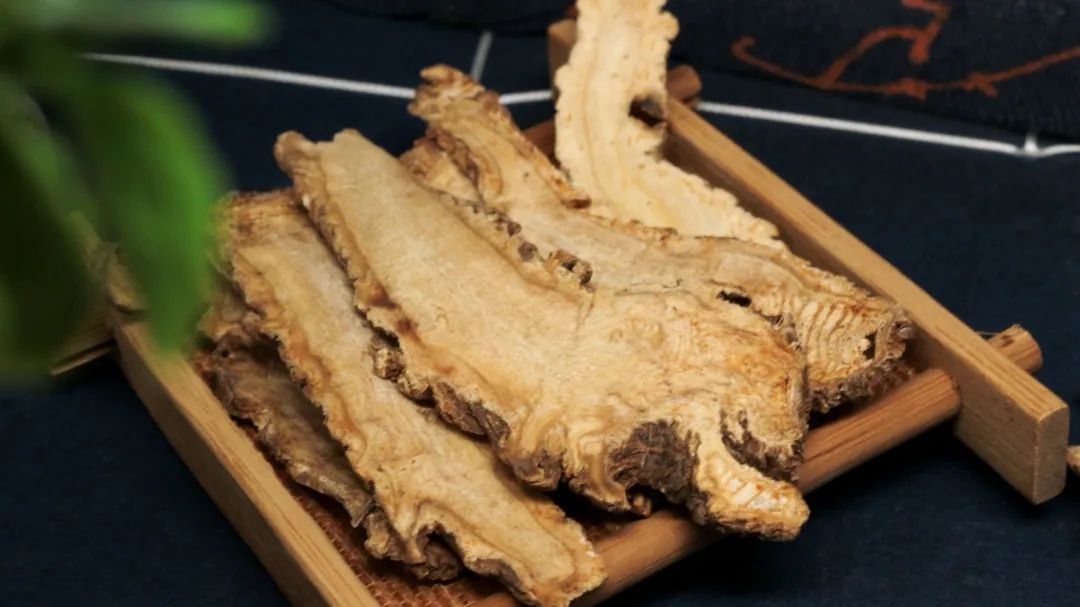
3. For blood deficiency, should we use cooked Rehmannia or Angelica Sinensis?
Cooked Rehmannia replenishes both essence and blood, while Angelica Sinensis only addresses blood replenishment and invigorating blood. Therefore, if it is a severe case of blood deficiency, using Angelica Sinensis will not be effective. In clinical practice, one can use Red Ginseng (Hong Shen) + cooked Rehmannia; for mild blood deficiency, one can use Angelica Sinensis + Astragalus (Huang Qi), which is known as the Angelica Sinensis Blood-Replenishing Decoction.

4. Can Angelica Sinensis be used for dysmenorrhea?
Of course, it can.
Regarding dysmenorrhea, if bleeding occurs after pain, it mostly belongs to deficiency syndrome or a combination of deficiency and excess; if pain occurs before bleeding, it mostly belongs to excess syndrome.
Angelica Sinensis can invigorate blood and replenish blood, so for symptoms like dysmenorrhea, regardless of deficiency or excess, the effect is very good.
It is important to note that the effects of Angelica Sinensis are to replenish blood and relieve pain (no nourishment leads to pain), and to invigorate blood and relieve pain (no flow leads to pain); one cannot discuss pain relief without addressing blood replenishment and invigorating blood.
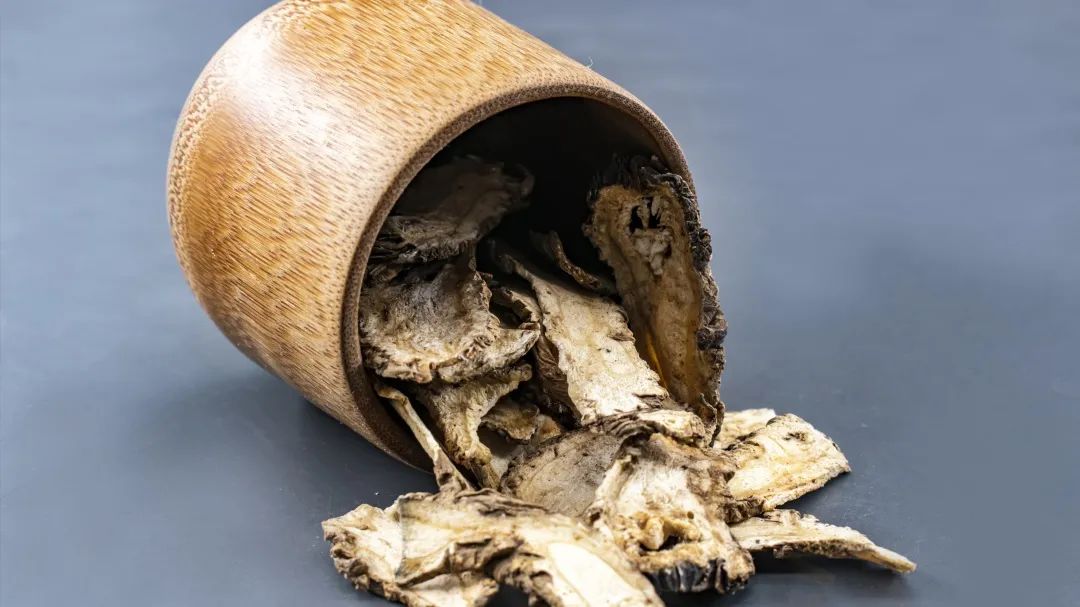
5. Can Angelica Sinensis be used for pain and numbness syndromes?
Yes, Angelica Sinensis can be used for pain and numbness syndromes, but it should be noted that in these diseases, the effect of Angelica Sinensis is not as good as that of Sanguisorba (Ji Xue Cao). Whether to use Angelica Sinensis should still be based on the etiology and then combined with other herbs.
6. Can Angelica Sinensis be used for skin diseases?
Yes, it can. For diseases like carbuncles and ulcers, at specific stages, blood stasis is involved. Except during stages of severe heat toxin, Angelica Sinensis is quite effective. When used correctly, Angelica Sinensis can effectively prevent the progression and worsening of the condition.
Skin diseases such as urticaria (treat wind by first treating blood; blood circulation eliminates wind), vitiligo (blood stasis diseases), and eczema (for eczema treatment, one must combine with herbs that invigorate and nourish blood) should all use Angelica Sinensis for treatment.
Additionally, Angelica Sinensis can improve skin dryness and remove facial spots. The external skincare products we use can only address surface issues; the fundamental solution to skin moisture and dryness is the nourishment of qi and blood. To improve pigmentation, one can use Angelica Sinensis + Chuanxiong (Chuan Xiong) and Tangerine Peel (Ju Luo) (be careful to distinguish the authenticity of Tangerine Peel).
7. What other diseases have good treatment effects with Angelica Sinensis?
Angelica Sinensis is also very effective for low back pain caused by blood stasis, with a typical formula being the Huoluo Xiaoling Dan.
Moreover, for pregnant and postpartum women, it is important to avoid using raw Angelica Sinensis and instead use fried Angelica Sinensis.
According to the clinical experience of Teacher Wang Zhixiao, wine-prepared Angelica Sinensis is generally not used because its effect of invigorating blood and resolving stasis is actually weakened compared to raw Angelica Sinensis, so clinical use should be cautious.
The above responses are derived from Teacher Wang Zhixiao’s free course “In-depth Explanation of 28 Commonly Used Chinese Herbs” on the TCM Online APP. For more detailed content, please click the image below to enter the APP for free learning.
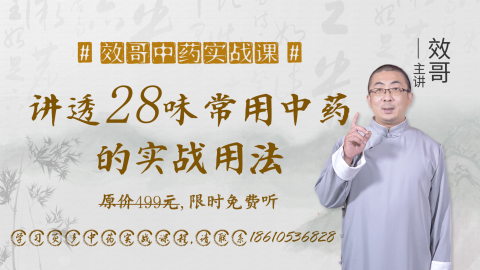
Previous articles review
1. Practical Notes, Important Knowledge Points in Chinese Herb Application – 3 Days to Master 19 Herbs
2. Practical Application of Chinese Herbs: Key Herbs for Treating Mastitis, Acne, and Various Gynecological Inflammations
3. If Chinese herbs had an Oscar, cooked Rehmannia would win eight awards!
TCM Online Service Account
Long press to follow the TCM Online Service Account
Learn high-quality TCM courses


